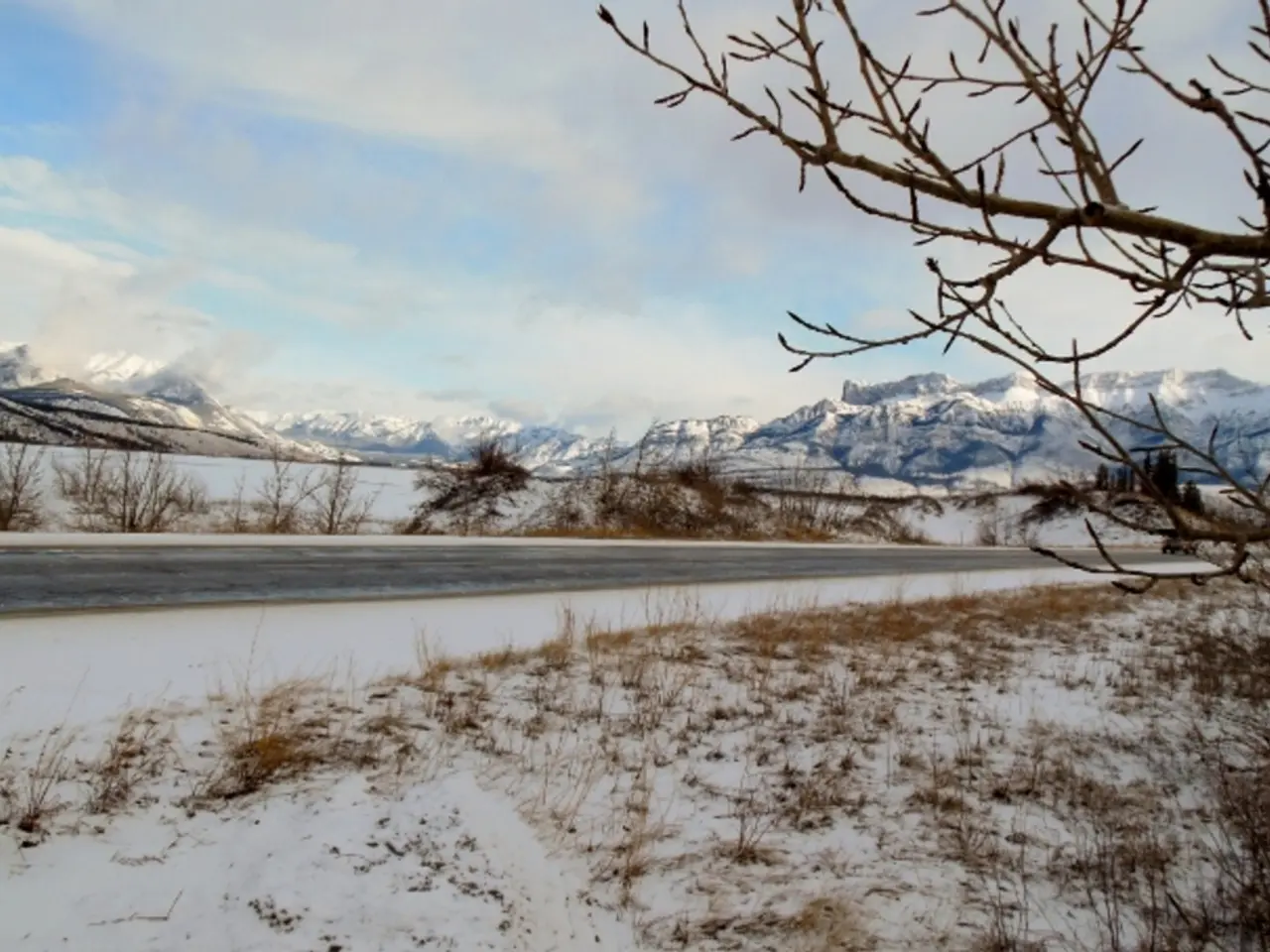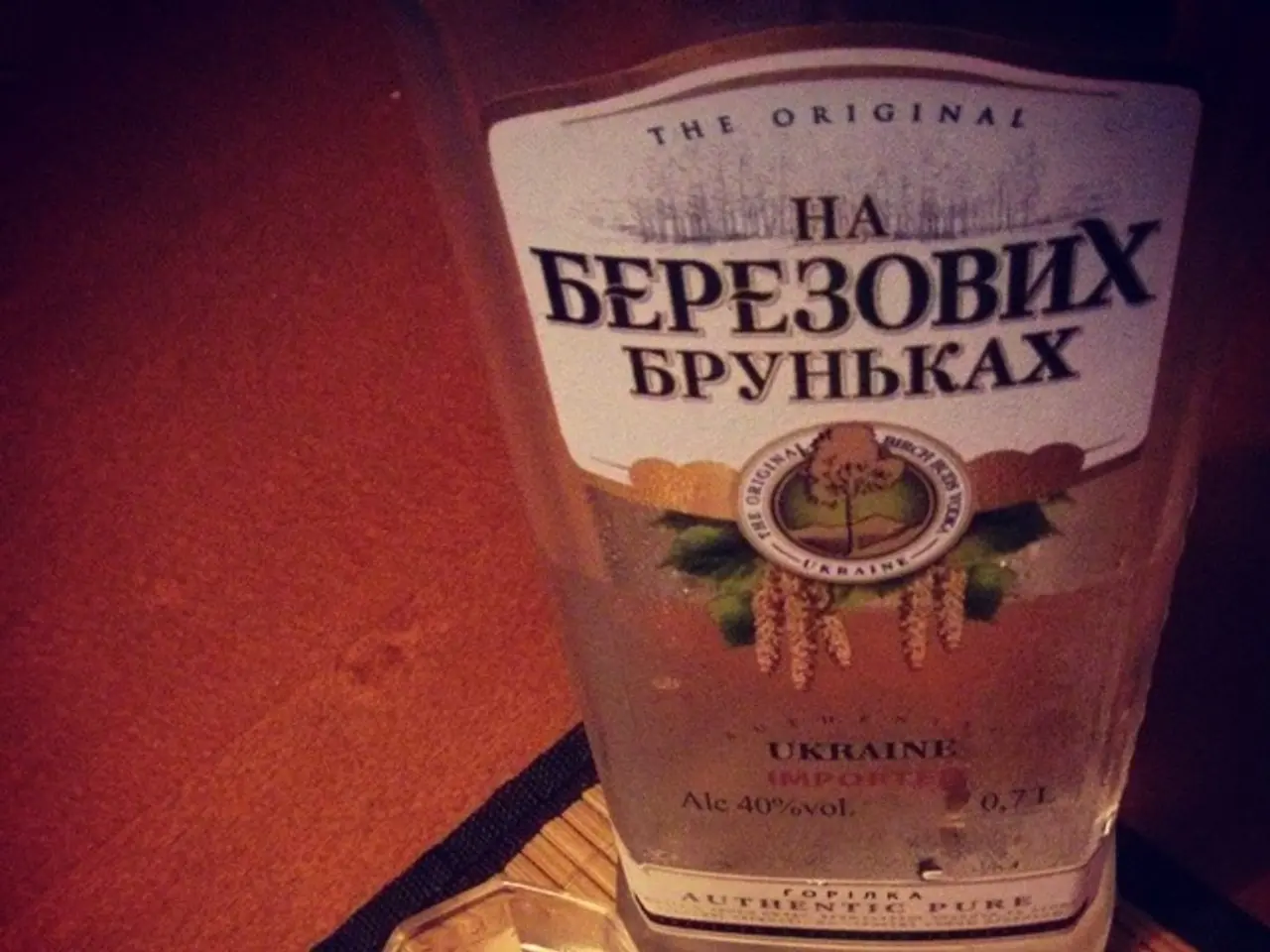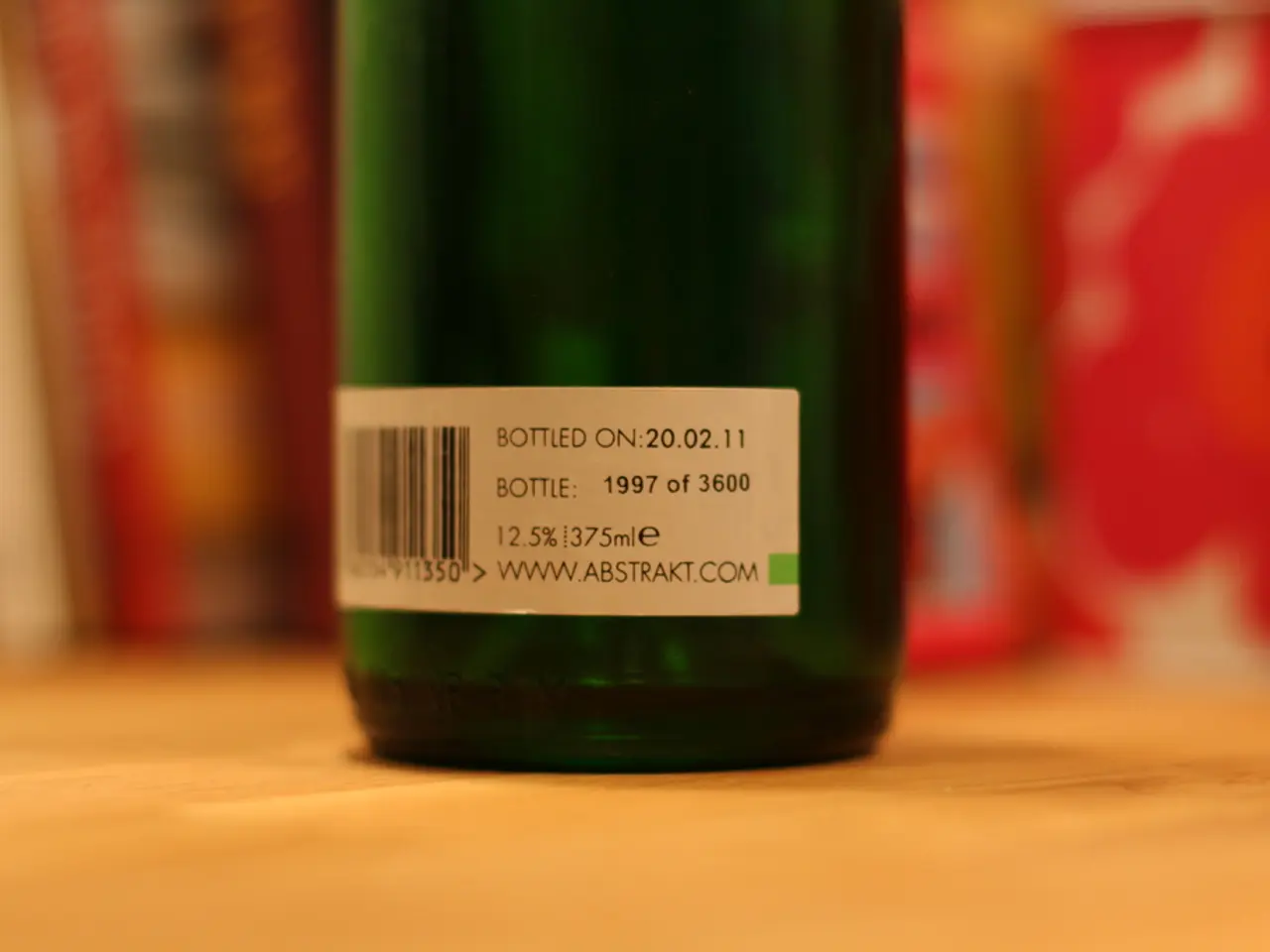Rapid Ice Melting Occurs in the Alps' Mountain Range - Rapid Glacial Retreat in the Alps Happens Prematurely
In the Swiss Alps, the early onset of the glacier melt season is becoming a worrying trend, with the Glacier Retreat Day occurring earlier than ever before. This year, the day marked the start of glacier mass loss on June 26, one of the earliest on record [1][2][3].
Switzerland is home to around 1400 glaciers, and measurements of snow and ice are taken on approximately 20 of them. Some of the largest Swiss glaciers include the Aletsch and Gorner glaciers [1].
The early melting is primarily driven by climate change, which results in warmer temperatures and reduced winter snowfall. Recent years have seen unusually warm summer months—June 2025 was the second warmest on record in Switzerland—and also winters with lower snow accumulation. These conditions shorten the time glaciers can replenish their mass, making the melt season longer and the ice loss greater [2][3].
Additional factors intensifying the melt include the deposition of Saharan dust on the snowpack, which darkens the surface, causing it to absorb more solar radiation and accelerate melting. This phenomenon, observed notably at Claridenfirn glacier, contributes further to the early disappearance of the winter snow layers and speeds up glacier retreat [1].
Andreas Bauder, a glaciologist at ETH Zurich, reported this information to the German Press Agency dpa. Bauder explained that the damage was already done by then, despite the cooler temperatures in July [1]. In some regions in northeast Switzerland, there were the lowest snow amounts on glaciers at the end of winter ever recorded.
The glacier retreat in Switzerland has been a gradual process for about 170 years, but the pace has dramatically increased in recent decades due to these warming trends aggravated by anthropogenic greenhouse gas emissions [2][3]. In the past 20 years, the Glacier Retreat Day in Switzerland has not occurred in late August/early September, and there hasn't been a year with glacier growth in Switzerland in over 20 years [1].
Additional measurements are taken on 10 to 15 Swiss glaciers throughout the summer using the Glamos glacier monitoring network. The volume of Swiss glaciers has practically halved since 1950 [1].
The early glacier meltdown is a potential indicator of climate change in the Alps. Bauder also noted that the early retreat is likely similar throughout the Alps [1]. The Alps are experiencing a glacier meltdown, with the Aletsch and Gorner glaciers among those most affected.
References: [1] Swissinfo.ch. (2025). Glaciers in the Swiss Alps are melting earlier than ever. [online] Available at: https://www.swissinfo.ch/eng/glaciers-in-the-swiss-alps-are-melting-earlier-than-ever/47027354
[2] The Local Switzerland. (2022). Switzerland's glaciers melting at alarming rate. [online] Available at: https://www.thelocal.ch/20220825/switzerlands-glaciers-melting-at-alarming-rate
[3] The Guardian. (2025). Climate change is causing Swiss glaciers to melt at an alarming rate. [online] Available at: https://www.theguardian.com/environment/2025/jul/05/climate-change-is-causing-swiss-glaciers-to-melt-at-an-alarming-rate
EC countries could consider implementing policy changes in employment to address the potential job losses caused by the rapid decline of the health-and-wellness sector, which may be impacted by the increased health risks associated with a warmer climate due to global warming and climate change. This could include investment in vocational training programs to prepare workers for jobs in other sectors, such as environmental-science, to mitigate these effects.
In light of the urgent issue of glacier retreat in the Alps, Switzerland could explore leveraging its expertise in science and vocational training to develop cutting-edge technologies in climate-change research, as well as implementing eco-friendly practices to minimize carbon emissions, thereby serving as a model for other EC countries in addressing global climate change and preserving the environment.




